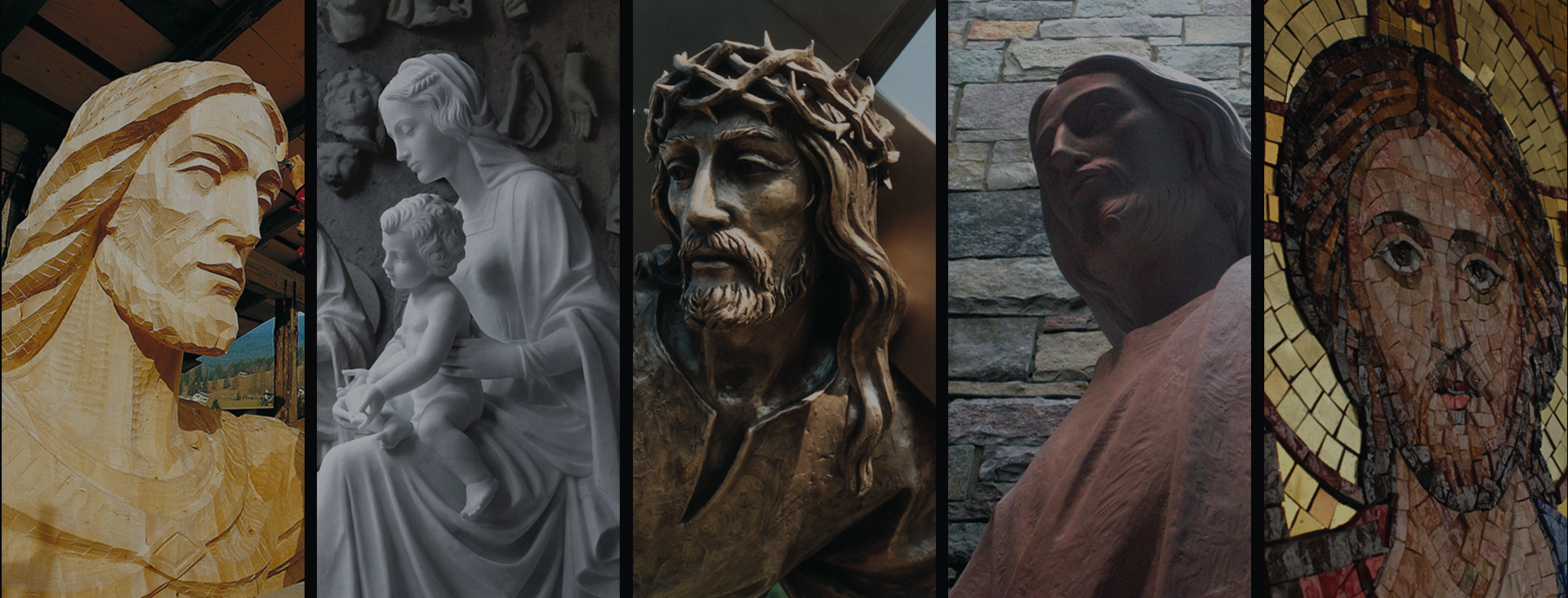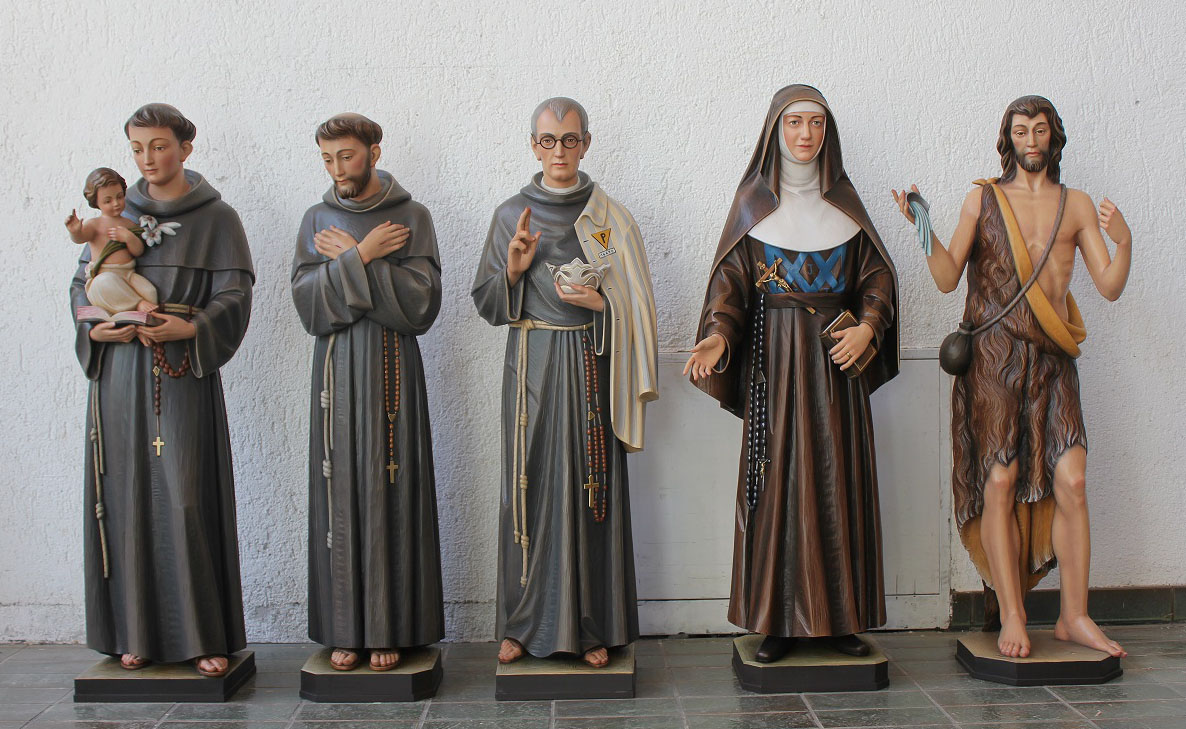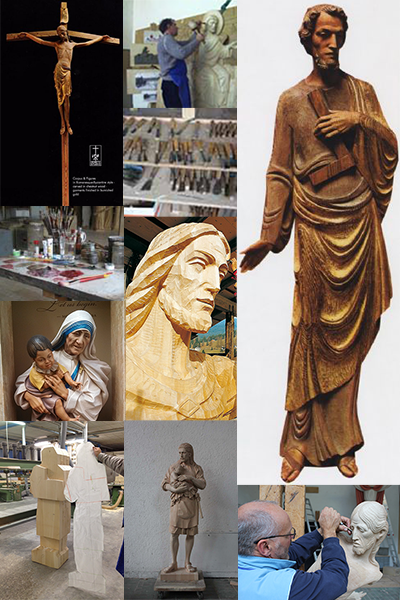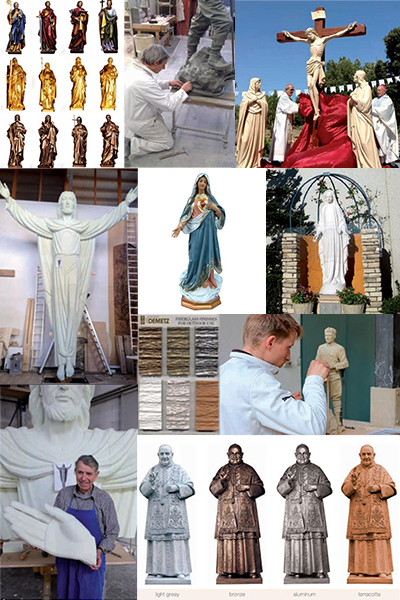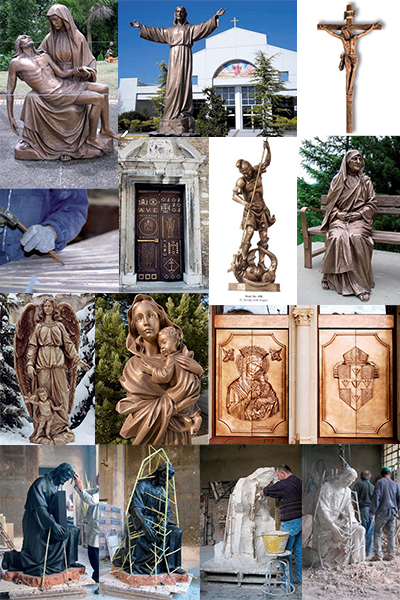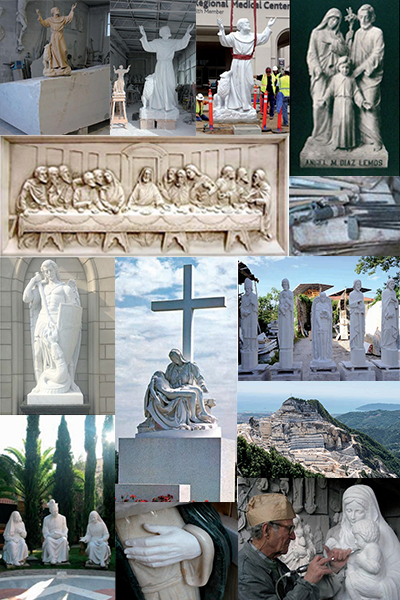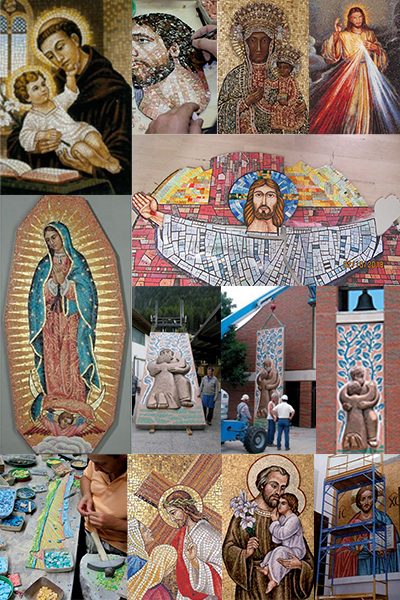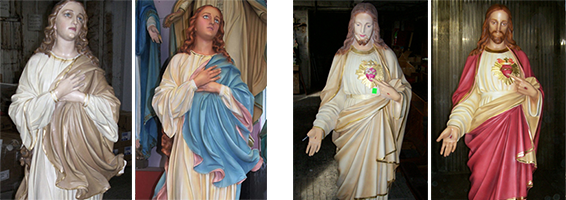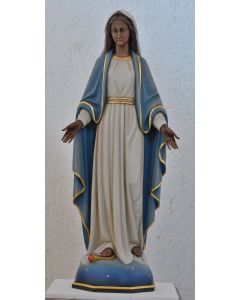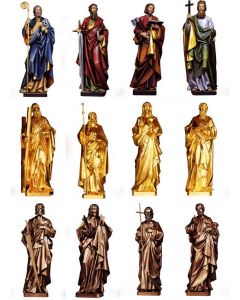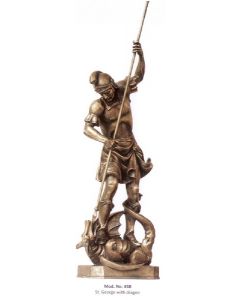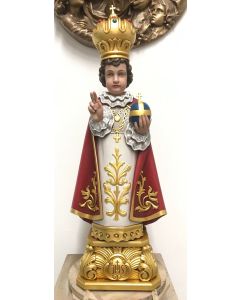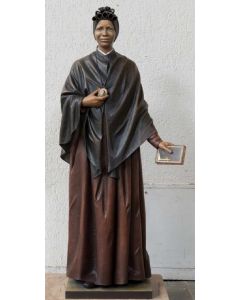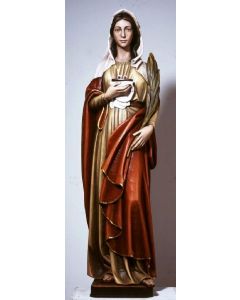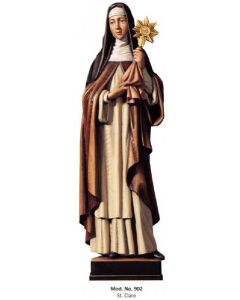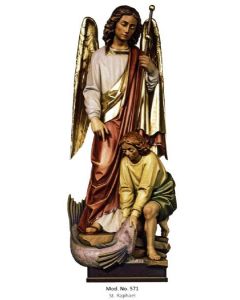Mosaic
The art of mosaic lived its greatest splendor during the IV and VIII century, but still today there is a great interest in this art. Mosaics produce wonderful visual effects, and one of the great advantages is that a mosaic can be installed outdoor since it withstands the elements.
With the triumph of Christianity and the consequent building of Christian Churches, mural mosaic becomes one of the highest forms of sacred art. The art of mosaic lived its greatest splendor during the IV and VIII century. Major evidence of this can be seen in Rome, Constantinople, Ravenna, and later in Venice.
The two mosaic styles are known today as Roman and Byzantine originated in this period of time. In the Byzantine, tradition mosaics were made of colored glass, gold, and the Mother of Pearl which gave them an incomparable beauty. This was, without doubt, the most significant moment for mosaics.
The small little pieces used to make a mosaic are called ìTesseraî. They can be either in glass or marble. On the one hand, marble tessera has the advantage of being much harder, so better for floor mosaics, but on the other hand, the variety of colors is not as large as with glass.
Artistic ìTesseraî are still produced by hand on the island of Murano (near Venice in Italy), home of the artistic mosaic glass. Colors are melted directly into the glass, which is flattened out and cooled down, and finally cut into many small pieces. All this is done by hand, thus making the glass tessera extremely valuable.
The great advantage of mosaic is that it can be installed outside since sun or rain cannot affect the colors. In fact, we can still admire mosaics that are more than a thousand years old.
In the past few years, great architects and famous artists have taken interest in and have drawn closer to this millenary expression of art, proposing mural decoration to embellish and enhance religious buildings.
The Demetz Art Studio started to experiment and then produce mosaics already a few decades ago. If you provide us with images or drawings, we can elaborate them into magnificent artistic mosaics for outdoor or indoor use.
Maintenance: For indoor mosaics, simply dust with an airbrush. Do not use soft cloths on the mosaic or lint will remain on the tessera. For outdoor mosaics, use a sponge with water and a very mild soap. Do not use chemicals.
〉SHOP MOSAICS

